Peugeot/Citroen 1.6 THP – Mini N14 – PCV delete modification (Prince engine)
PCV delete – why do it?
One of the most discussed and debated modifications on THP/N14 engines is deleting the rear PCV system. THP200 has this by default, but all smaller THP variants use the PCV system in the plastic cylinder head cover.
How the PCV system works
All engines with pistons always have a small quantity of exhaust gas that goes through the piston rings and reaches the crankshaft case. We call that blow-by gas. When the engine is being driven at low load, with no pressure, the vacuum in the intake manifold forces blow-by gas and oil fumes into it. This way they are burnt and not released into the atmosphere. Going through the intake manifold means that they stick onto the intake valves. And that is a major problem for all direct injection engines, as it leads to carbon build-up on the valves themselves, reducing the engine’s performance. You can see in the article linked just how badly the engine performs when the valves become clogged with carbon.
- Advantages: The bonus of this modification is that exhaust gas blowby and oil fumes are eliminated from the intake system. They will never reach the intake manifold again.
- Disadvantages: Some engines do not like it very much and as a result, oil consumption increases. A lot of people claim that the modification increases crankcase pressure which is the reason why that happens. On built engines no increase in oil consumption is usually noticed. Stock engines – mixed results.
Parts you will need
- Peugeot – Citroen: 0361.S4 (cap)
Following the photos below you can see exactly how this mod is done. The PCV pipe that connects the intake manifold to the plastic cylinder head cover is removed. Two special caps are installed in its place, on either side.
[ngg_images source=”galleries” container_ids=”149″ display_type=”photocrati-nextgen_basic_thumbnails” override_thumbnail_settings=”0″ thumbnail_width=”240″ thumbnail_height=”160″ thumbnail_crop=”1″ images_per_page=”20″ number_of_columns=”0″ ajax_pagination=”1″ show_all_in_lightbox=”0″ use_imagebrowser_effect=”0″ show_slideshow_link=”0″ slideshow_link_text=”[Show slideshow]” order_by=”sortorder” order_direction=”ASC” returns=”included” maximum_entity_count=”500″]

































